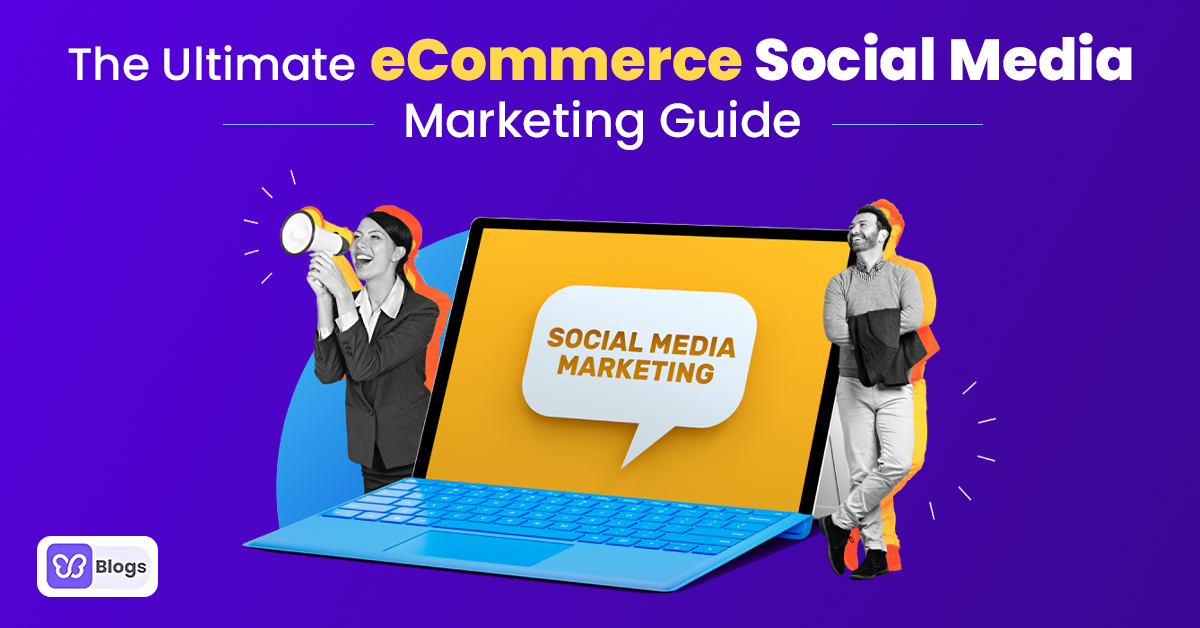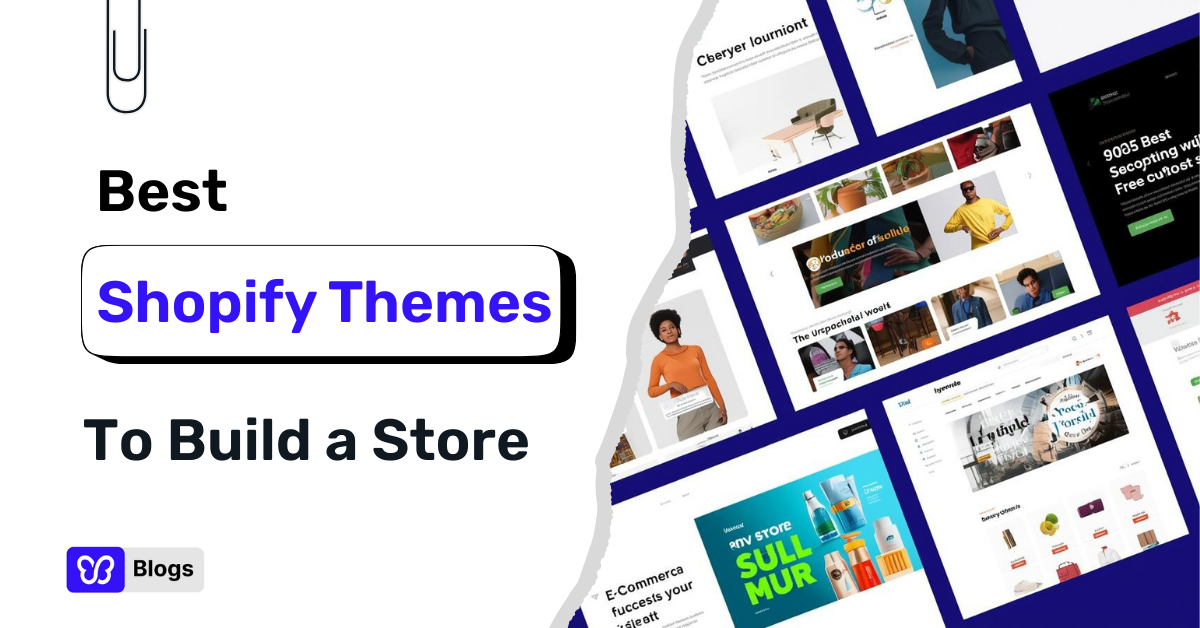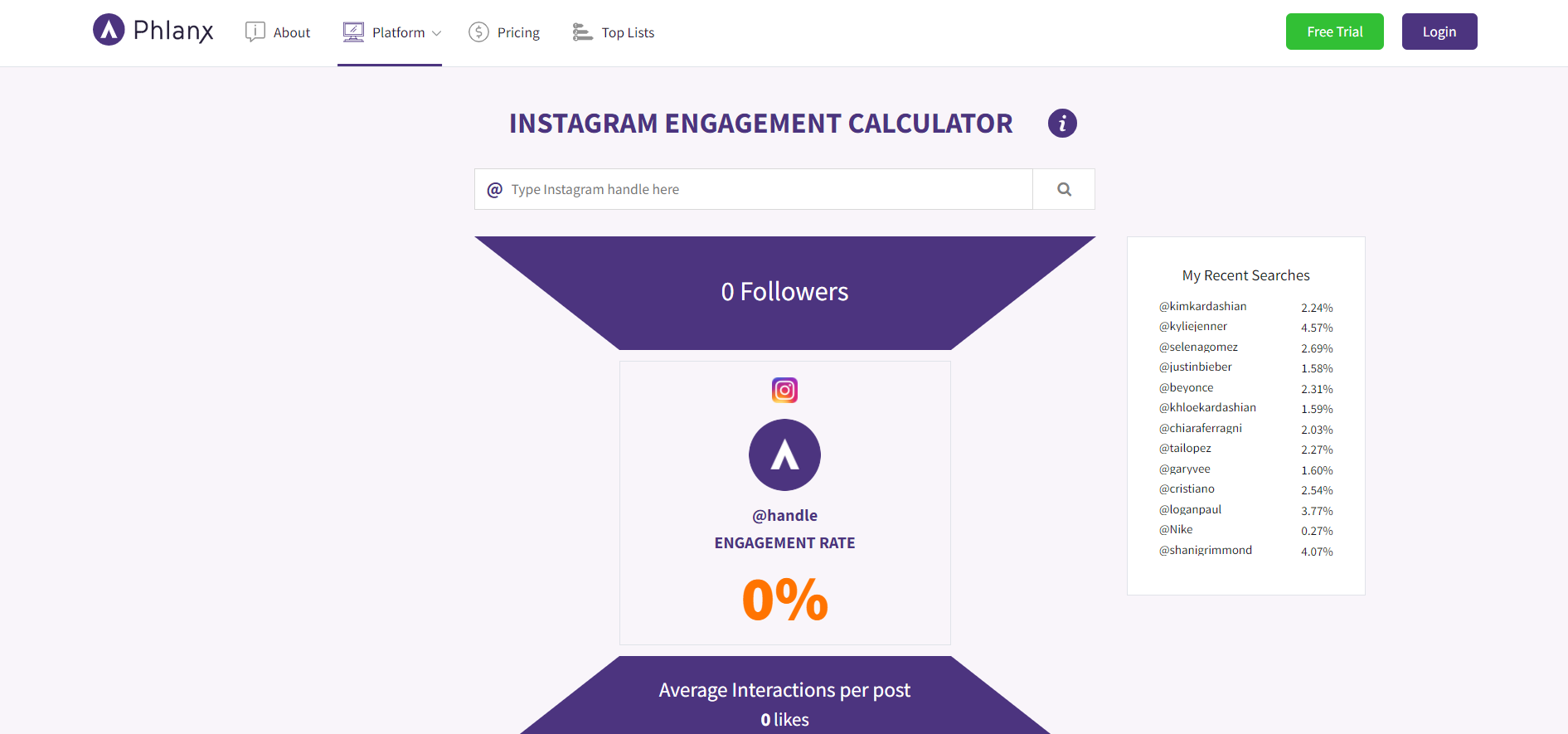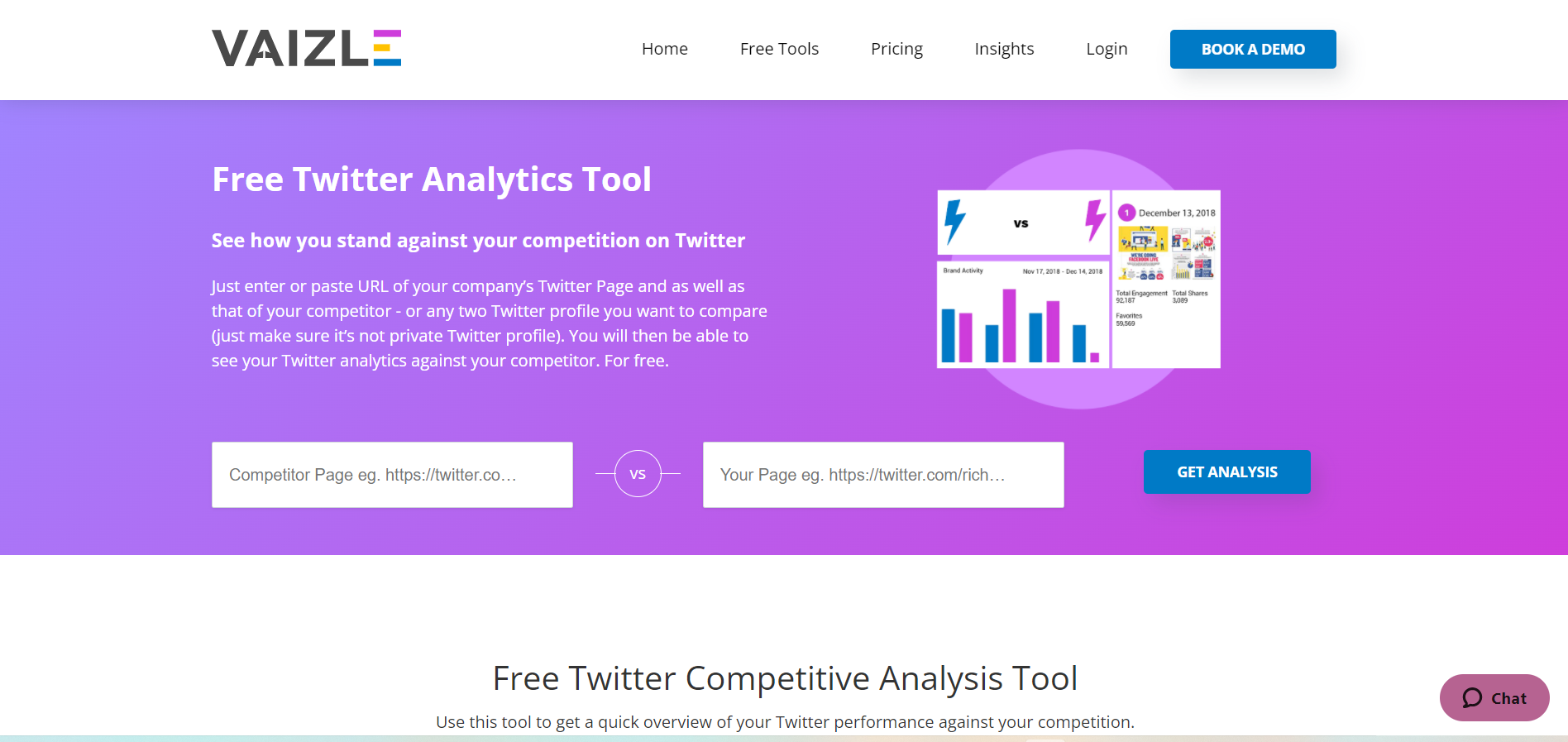Whenever a phenomenal event takes place, people turn to social media to share their thoughts.
Or, if they had a good restaurant experience, they would also turn to social media and share photos or reviews.
This just shows how powerful social media is.
I mean... Billions of people around the world use social media. ?
That's why if you're not yet taking advantage of this POWER social media marketing has, especially for your eCommerce brand.
I suggest that you do... AS SOON AS POSSIBLE!
Or if you're not sure how to do it efficiently, you've come to the right place.
Because I'll show you how to do social media marketing the better way!
Here's what you'll learn if you finish this guide:
- You'll discover tips to help you generate results on social media.
- You'll get a list of resources and tools to help you get results and manage your social media easier!
- Don't have a big budget? No problem. Because we're focusing on organic social media marketing.
And the best part?
You'll get a complete step-by-step guide on creating a social media strategy –– from choosing the social media channels to analyzing your social media analytics!
The bottom line here is: this guide will be super helpful for you and your business.
So, let's dive deeper!
What Is Social Media Marketing?

Social Media Marketing is promoting your products or services on social media platforms.
It includes posting content that will captivate your target audience's attention. Then entice them to take action.
But wait, it's not just for promoting.
You can achieve different goals using social media. It can be community-building, customer service, or building brand awareness.
If you want to know more about its benefits, let me show you! ?
Benefits Of Social Media Marketing
Social Media Marketing will be an excellent help for your eCommerce store.
I have many reasons why, but let me give you three...
1. Cost-Effective
Social Media Marketing is cost-effective.
Yep, creating accounts on social platforms is free. But it doesn't mean it's totally free to execute your social media strategy.
You might want to outsource some areas which you are not capable of. Or you might run an ad. It's not totally free.
For paid ads, you might have to spend at least $15 to $200 per day to see significant results.
But the point is, despite having a small budget... your business goals are possible to achieve with Social Media Marketing.
That's why it's one of the best digital marketing strategies for online businesses.
The next benefit is...
2. Easy To Connect With Your Audience
Social media makes it easier for people around the world to connect.
And that includes business-to-consumer relationships.
Luckily, social media is there to make connecting with your customers trouble-free. If they have concerns about your products or service, they can message you instantly.
Or, if you have direct offers, it's also easier to connect with them.
And last but not least is...
3. Establish Brand Identity
Establishing your brand identity is achievable in social media.
You can make your eCommerce store recognizable by creating visuals or materials that convey your brand identity.
For example, your Instagram feed. Once you organize your feed, you can express your branding, such as fonts, colors, images, etc.
And that's a good impression for the audience visiting your page.
See these benefits? I'm sure you're already eager to know...
Which Social Media Is Best For eCommerce?
There are several social media platforms you can use for your eCommerce business.
And each platform has its specific use, so you need to find the one that will help you achieve your social media goals.
For now, here are some popular social media platforms with MILLIONS of active users:
- Facebook
- TikTok
- Twitter
- Instagram
- WhatsApp
- Snapchat
- Pinterest
- Youtube
- Reddit
- LinkedIn
But are you supposed to use them all? ?
Well... you'll find out about that later!
Are you ready to start your Social Media Marketing strategy? Here's the first thing you need to do.
Conduct An SMM eCommerce Competitor Analysis

Do you want your target market to come to your competitors' eCommerce site instead of yours?
I'm sure it's a no!
So, Competitor Analysis is a vital part of making your social media marketing strategy because it allows you to dive deeper into your competitors' performance.
But why would you even go through that effort?
The Benefits Of Conducting A Competitor Analysis
Competitor Analysis is beneficial to your eCommerce brand. Not only can it help your social media platforms, but your overall eCommerce website, too.
So, why do you need it?
- To outshine their social media strategies.
- To identify the gaps and turn them into opportunities.
- To improve your social media marketing.
But when conducting a competitive analysis, you should know the questions you need to ask and how to interpret your findings.
Wondering which areas and questions you should look for?
What To Look For In A Competitor Analysis On Social Media?
As I mentioned above, you need to answer the right questions to get valuable information from conducting a competitor analysis.
What are these questions?
- What's their average engagement rate?
- What's working on their social media accounts?
- What's not working?
- What are the types of content they're posting?
- What social media platforms are they utilizing?
If you notice that Post A is getting a lot of traction compared to Post B, why do you think that's the matter?
You should answer these questions because you can use them when creating your social media marketing strategy.
Once you find the answers, you'd know what strategies to try and avoid.
And now, you're probably wondering...
Who Are The Competitors You Should Analyze?
Hmm... Do you really need to analyze each one of them?
Later on, you'll know whether or not you need to analyze each one of them.
For now, let me share the different types of competitors so you better understand each.
Let's start with...
Direct Competitors
You and your direct competitors solve the same problems using the exact solutions.
For example, you're selling scented candles. Your direct competitors are the eCommerce stores that sell scented candles to the same target market.
Indirect Competitors
These are competitors that solve the same problems through different products.
Again... let's say you're selling scented candles for relaxation. Your competitor could be selling other types of candles or oils for relaxation to the same target market.
Potential Competitors
Potential competitors sell the same products and services. You also have the same target market.
But here's the catch.
They're not yet selling to your market area.
For example, you can only deliver your scented in your state. But your potential competitors can't deliver to yours.
So... do you need to analyze them all?
It's best to focus on analyzing your direct competitors thoroughly. But that doesn't mean you couldn't get ideas from the other types of competitors.
Now you're done with competitor research, let's get to the juicy part of this guide!
Analyze And Optimize Your eCommerce SMM

The game doesn't stop at creating your social media strategy and publishing your posts.
You need to know which areas you need to improve by analyzing your insights.
And the first step to optimize is to...
Understand The Analytics
Each social media account has different sets of analytics.
But these are the usual analytics most social media channels are using:
- Impressions. These are how many people viewed your post.
- Reach. This indicates how many unique users you reached through your post.
- Follows. This shows how many people started following you in a specific time frame.
- Profile Visits. These are how many people visited your profile within a particular time frame.
- Website Clicks. This shows how many people you drove to your website. It can be through a post or within a specific time frame, depending on how the insights work per platform.
- Email taps. This usually appears on Instagram and shows many people tapped your email based on your posts.
- Shares. How many people shared your post with their followers and friends?
- Likes. How many people liked your post?
- Comments. How many people commented on your posts?
- Views. How many people watched your Instagram Stories or videos?
These insights are primarily for organic social media marketing. Of course, there are different insights for Facebook Advertising or any other social media ads you launch.
Now, what are you going to do with these data?
Optimize Your Content Strategy
No type of content works well 100% of the time.
So, depending on your previous posts' results, check which areas you can improve on.
But remember... it has to be aligned with your goals.
Here's an example...
Let's say the goal of your post is to increase your reach. That's why you posted entertaining content on TikTok.
And, of course, it got many likes and shares. You reached hundreds of thousands of users...
But people didn't visit your profile or website.
You got what you needed because shares can help increase your reach. And the next time you need to boost it again, you can opt for an entertaining post because it was already proven to work.
But what would you do about the profile visits? Analyze the video and see what's lacking.
Do you have no call to action? Did you promote your products? Check out the details and see how to improve them.
Another example is...
Suppose you posted educational content. Your posts got many saves, and more people followed your social media account. No conversions.
But the goal of that post is to increase your sales.
So, you need to optimize your next educational post to make sure you insert your brand because they might not know your product could solve their problem.
You have to dive deeper into every aspect to achieve your goals in your next posts.
Analyzing and optimizing works hand in hand. As they say, you can't optimize if you don't analyze.
Optimizing is about achieving your goal one step at a time because there is no overnight success in social media marketing.
But there are resources to help you get one step closer to your goals. ?





.png)



















